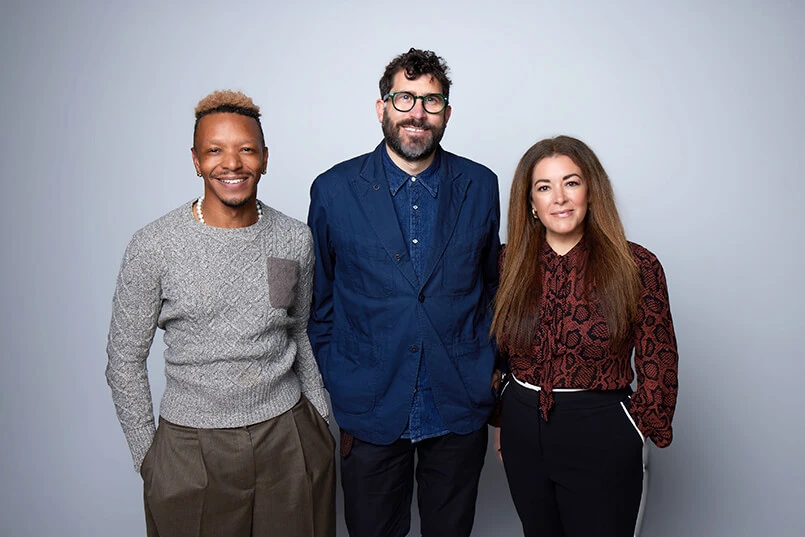The ever-evolving ‘Agency Model’
If there’s one debate that seems never-ending, at least as long as I can remember, it’s that old chestnut of ‘what agency servicing model works best’.
We’ve gone from media departments in advertising agencies rising up to become their own entities, to the digital departments in media agencies rising up and doing the same thing, to the social media function, the performance digital function and any number of other specialisms rising up and…well, you know the rest.
Specialists, one Stop Shops, and all things in between
At the same time as specialist fields, and therefore specialist agencies, increase in number, traditional media agencies are still claiming many different kinds of digital smarts. Now content ability, brand planning strength and any number of other expansions are being added.
Advertising agencies are starting to sniff at media planning and buying (such as M&C Saatchi contending the 2014 Commonwealth Bank pitch). Some agencies have completed the full circle journey to ‘full service’ with a modern twist (Cummins Ross is a good example).
And I haven’t even mentioned the word ‘data’ yet.
Confused, much?
Agency rosters are getting bigger, inter and intra-agency groups working on the same client are getting more complex as the grey areas between them increase. Clients, in my experience, are getting more confused. What is it that each of their agencies does, is capable of doing, or should be doing?
I empathise with those clients who’ve said to me over the years that this proliferation of expertise causes them management nightmares, as different agencies in the same group try to ‘push their own boundaries’ (for this read ‘cut the lunch of others’).
It isn’t always particularly pleasant from the agency side of the fence either. Many agency leads are under intense pressure to expand their own businesses. Balancing the internal needs with the external is by no means easy.
The fine line between competition and collaboration
Some believe that overt inter-agency competition creates better work. My personal opinion is that a group of rostered agencies brought together without proper leadership and parameters engenders mutual suspicion, tense meetings and a lot of time worrying about the wrong things.
Team members in these circumstances, to use a tennis analogy, tend to tighten their racquet arms and hit their shots wide. Better work? Not guaranteed.
So how do marketing teams cut the inter-agency feuds and get the best out of multi-agency groups?
Whilst I don’t want to dump all of this at the door of the marketing client, the truth is that in many cases, weak agency management from said client is one (I stress one, not the only) root cause for inter-agency problems.
When running with multiple agencies working in a collaborative group, clients need to understand the reality: that if you throw competitive beings from competitive agencies working in grey areas together, it’s going to cause issues. Without the necessary direction, it’s going to cause even bigger issues. The most important person in solving in the best possible way is that person who hired the agencies in the first place.
Lead from the front – but don’t do it alone
Yes, it’s your responsibility to get the best outcomes from your agencies. But the agencies do of course need to take responsibility for, and be on the bus with, a shared purpose.
To be optimal, there needs to be a fine balance between directive leadership of consultation with guidance from your agency partners.
Here are seven suggested steps to improve the output of your agency group:
1. Form a lead group with only the most senior representatives from each agency
Meet regularly and use this tight steering committee to set overall direction, and agree on how that direction is communicated to internal agency teams. Also use this session as an open forum for airing of issues. This group should be able to ‘loosen their ties’ and talk freely.
2. As a first order of ‘Lead Group’ business: create a mutually equitable remuneration structure
Consider how closely you can align the remuneration model across multiple agencies. Incentivise based on shared, business related goals and let all agencies benefit equally. Show the agencies that by collaborating they are increasing their own share of the spoils.
3. Be the point of arbitration
Don’t let agencies try and fight things out between them. Tell them exactly what their scope is in a particular project, and from this, exactly what you expect from them. If agencies disagree on points of strategy or budget, set up a basic arbitration process to settle the dispute and move on.
4. Agree on one briefing template and keep it tight
Clients often insist on ‘integrated response’ and yet send separate briefs at different times to their agencies. Aim for one simple, over-arching brief, which is not overly-prescriptive yet gives the agencies the right parameters to work within.
5. Build a clear planning process and stick to it
Identify milestone meetings, attendee requirements and other operational bullet points up-front. Develop and agree on the process in the steering committee. And please – make it as simple as possible for the sake of all concerned!
6. Consider working environment and practice
Some famous example, such as Ford’s ‘Team Detroit’ or ‘Blue Team’ model, works by co-locating different agencies in one space, effectively creating a tailored super-agency. Different things will work for different organisations, but don’t underestimate what a genuinely strong working environment can bring to the overall results.
7. Get the right people, and lose those that aren’t
An inter-agency group, like any other group, lives and breathes on the strength of its chemistry. You need a group that can, within reason, genuinely work well, rather than just pretending to get on. Don’t put up with a team that can’t work with itself. Sometimes, chemistry is simply not there and no matter how good the individual, you need to guide your agency to make a call.
Genuinely great inter-agency relationships are too rare, but for the sake of great practice, they should be the absolute norm.
Sure, there will always be niggles, but having the structure set up to deal with them so they don’t cause undue distraction (and hours of time that you’re paying for) is important.
I don’t think anyone can ever claim ‘perfect collaboration’ between multiple agencies, but it is incumbent on all of us to get things as near to this goal as possible. Let’s not forget that great practice leads to the only thing any of us should be bothered about – best possible marketing output to drive business growth for all parties.
To find our how TrinityP3 Marketing Management Consultants can help you further with this, click here.




